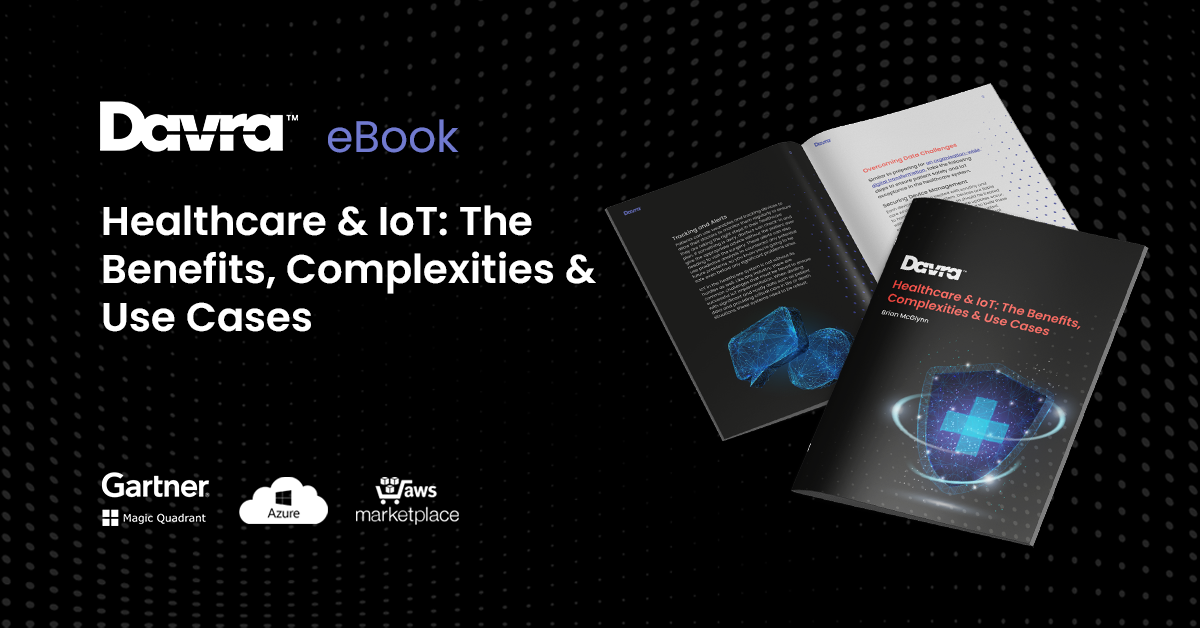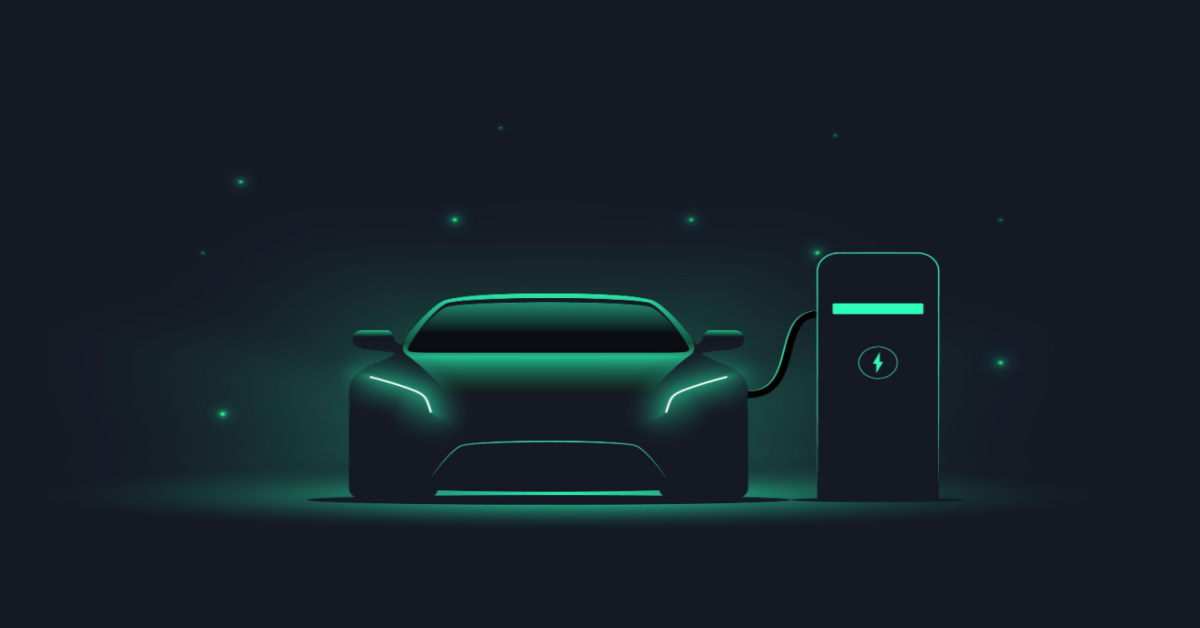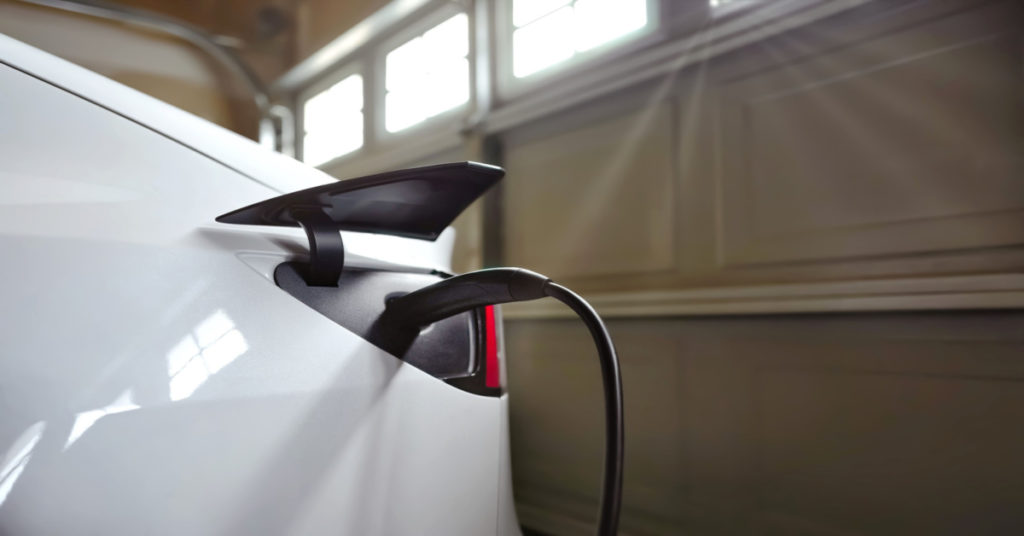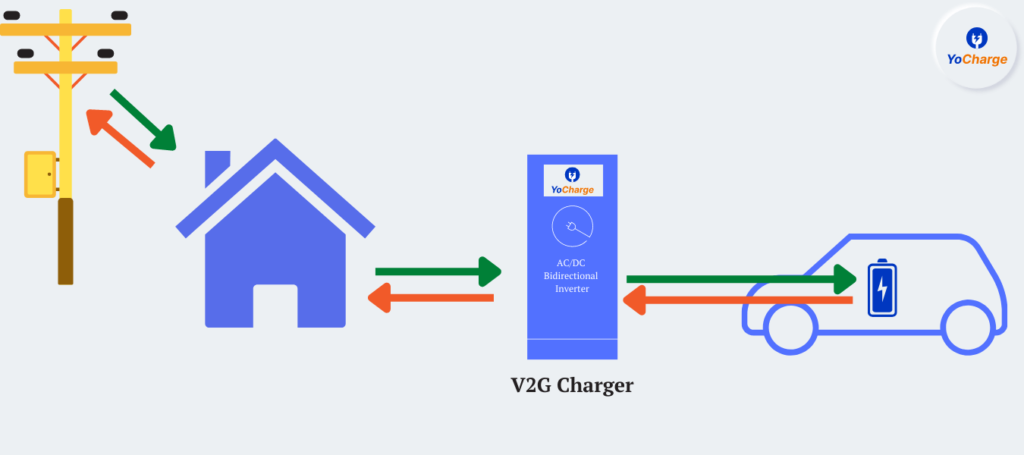IoT in Healthcare Use Cases eBook
Download Your Free IoT in Healthcare Use Cases eBook
Read More


With the global transition from combustion engine to electric vehicles, EV charging is the key to the future of mobility. But the seeming simplicity of electrically charging batteries is underpinned by a complex combination of risk and challenges as well as innovations and opportunities — and at its heart is IoT. Let’s take a look.
While electric vehicles are very important, electric vehicles need help to make the world transition to a cleaner future. Electric vehicles demand a robust EV infrastructure system that can maximise the efficiency of electric vehicles.
This is where Davra comes in…
Davra is working with leading telecommunications and automotive companies in the US, developing cutting edge software in the space of Electric Vehicle Infrastructure. Developing one of the world’s first successful proof of concepts in vehicle to vehicle car charging software. Helping to extend battery life, which is key for mass adoption of EV’s. We use Machine Learning to manage the charging patterns, so as to extend battery life and reduce the grid strain. Making EV’s smarter!
To understand IoT stakeholder complexity, look at the public EV charger ecosystem. An operational EV charger includes a cornucopia of players, including the electric utility provider, installer, charge port operator, internet service provider network, and a payment system. – it takes a lot to get electric batteries charged!
Fortunately, when it comes to finding a public EV charger, many charging map directory apps are in operation that include charger location, type of connector, charge power, cost and charging speed. Some, like Zap Map, can also offer live data of when EV chargers are out of action. This is important as charger maintenance showcases the challenges of a multiplayer IoT ecosystem. Keeping a public charger functional could be the responsibility of the utility provider, the installer, the site host, or the servicing company.
Each of these stakeholders may not have the same level of visibility to ascertain whether the downtime is due to a power outage, physical damage to a charger, inaccessibility such as non-EV chargers taking up charging space, or a problem with a payment provider. IoT should be leading the solution here.

Further, this cornucopia of players in the EV charging ecosystem increases the opportunity for cyberattacks. Last year, research by Pen Test Partners found alarming vulnerabilities ranging from API authorization issues to security gaps where a hacker could potentially use a charge point as a remote ‘back door’ into the user’s home network.
Some EV chargers were even built on a Raspberry Pi compute module, which could allow easy extraction of all stored data, including credentials and the Wi-Fi PSK. Fortunately, providers remediated all vulnerabilities in response to the pen testing. SAE International is working with industry stakeholders to develop a secure EV charging industry PKI.
This will be even more important as more vehicle owners look to the option of bidirectional charging, which could weaken the grid’s security without the appropriate protection.
The incoming mass transition to EV charging is also an opportunity for green energy companies to build new business models and product offerings. IoT-connected devices and apps underset these. For example, a customer can use their app to select their charge time and length of charge.
With the right data analytics, the provider can then use machine learning to determine the most affordable times to charge EVs that align with customer demand as much as is practical. Car owners can also easily track their energy use.

Many cities are increasingly interested in vehicle-to-grid or bidirectional charging, which allows EVs to discharge power back into the grid during peak demand, such as during heat waves or storms. However, to make this possible, both your EV and charger need to be capable of bidirectional charging.
Also possible, albeit not yet mainstream, is vehicle-to-home charging, where energy is used to power a home or business. In such a scenario, owners can charge vehicles during off-peak hours at the lowest rates while feeding power back into the grid when the energy rates are highest, reducing their overall energy costs.
Whether we have enough electric vehicle chargers and a robust enough grid to accommodate global net zero goals is questionable. But we can expect to see the ecosystem flourish in the next couple of decades, with IoT at its pinnacle, driving innovation and new business opportunities.
Theo Giannopoulos, Marketing & Business Development Manager, Davra Connect on LinkedIn
If your interested in learning more about how to develop an IoT strategy, reach out to us here at Davra.com
Download Your Free IoT in Healthcare Use Cases eBook

Davra IoT is the only Industrial IoT Platform Available on AWS Marketplace
Read MoreThe Collaboration of Humans & Robots Has Created The Cobot
Read More